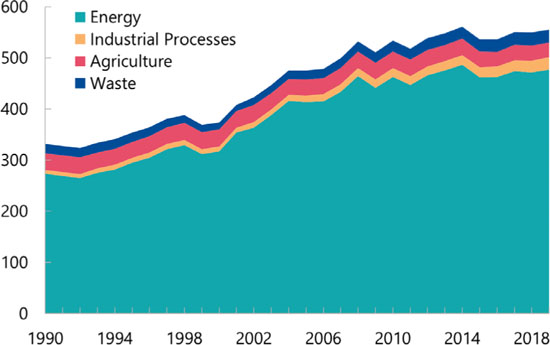On 1 April 2024, South Africa implemented a 10.6% increase in emission taxes for passenger vehicles, raising the rate from R132 to R146 per gram of CO2 emissions per kilometer. For double-cab bakkies, the tax saw a slightly higher increase of 10.8%, from R176 to R195 per gram. Despite these changes, the tax thresholds for emissions remain unchanged at 95g/km for passenger vehicles and 175g/km for double-cab bakkies.
Rationale Behind the Increase
These adjustments are part of the annual review by the Treasury, aimed at enhancing sustainability and supporting South Africa’s transition to a greener economy. Finance Minister Enoch Godongwana highlighted these measures in the 2024 Budget Review, emphasizing the government’s commitment to environmental sustainability.
Understanding Emission Taxes
Emission taxes estimate the amount of CO2 a vehicle will emit over its typical lifespan. This tax is added to the vehicle’s purchase price, impacting the cost borne by consumers. The formula to calculate the CO2 levy varies depending on the type of vehicle:
- Passenger cars: ([g/km] – 95) x (R146 + VAT)
- Double cabs: ([g/km] – 175) x (R195 + VAT)
Real Impact on Vehicle Costs
To understand the practical impact of these tax increases, let’s apply the new rates to some of South Africa’s best-selling vehicles. While not all automakers will adjust their vehicle prices to the same extent, it’s important to note that some might absorb the higher taxes to remain competitive, while others might pass on the additional cost to consumers. This variation in response strategies will create a diverse landscape of price adjustments across different brands and models.
Impact on Consumers and Automakers
The rise in emission taxes is expected to significantly influence vehicle pricing strategies. Automakers are faced with a choice: they can either absorb the additional costs to maintain competitive pricing or pass the increase on to consumers. For consumers, this change highlights the importance of considering CO2 emissions when purchasing a vehicle, as it will directly affect the overall cost of ownership. Vehicles with higher emissions are likely to see a steeper price increase due to the higher tax burden. On the other hand, low-emission and electric vehicles may become more attractive as they incur lower taxes, potentially encouraging a shift towards greener options.
For automakers, this new tax regime presents both challenges and opportunities. Companies that can efficiently reduce vehicle emissions may gain a competitive edge by offering more affordable options in a higher-tax environment. Additionally, the tax increase may spur innovation and investment in cleaner technologies, as manufacturers seek to minimize the tax impact and meet consumer demand for cost-effective, environmentally friendly vehicles. Ultimately, the new emission taxes are set to reshape the automotive market, influencing both purchasing decisions and manufacturing priorities.
Conclusion
South Africa’s increase in emission taxes for vehicles reflects its ongoing efforts to promote environmental sustainability. While the direct impact on vehicle prices will vary, consumers should be aware of these changes and consider the emission tax as a factor in their purchasing decisions.





